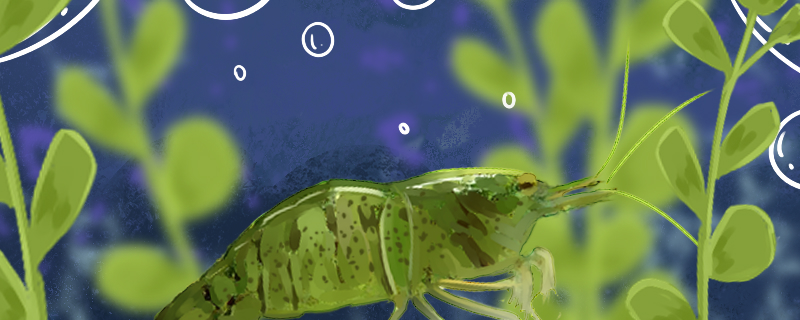
Neocaridina ryukyuensis is a kind of shrimp that is easy to raise. They are not difficult to raise because they do not require high acidity and alkalinity of water and water temperature. They can survive in weak acidic and alkaline environments, and can grow rapidly in water above 22 degrees Celsius. They do not have high requirements for food, that is, they can eat vegetables, small aquatic insects, and shrimp food, so it is relatively easy to prepare food.
1. Water temperature: The water temperature range suitable for the growth of Neocaridina ryukyuensis is 22-28 ℃. They don't like to grow in an environment where the water temperature is too low or too high, so they should pay attention to keeping warm in winter and not let them get cold and cold.
2. PH value: The PH value range of water suitable for their growth is 6.5-7.5. If the water is too acidic or alkaline, they can't grow properly. Therefore, it is necessary to test the PH of the water before putting the shrimp into the tank. If it is too low or too high, it needs to be adjusted in time.
3, feeding: They are not picky eaters, when breeding with shrimp feed, feed with vegetable leaves or feed with red worms can be. However, food should be disinfected in advance before feeding red worms, so as to avoid them carrying pathogens or parasite eggs, resulting in illness of shrimp eating them.